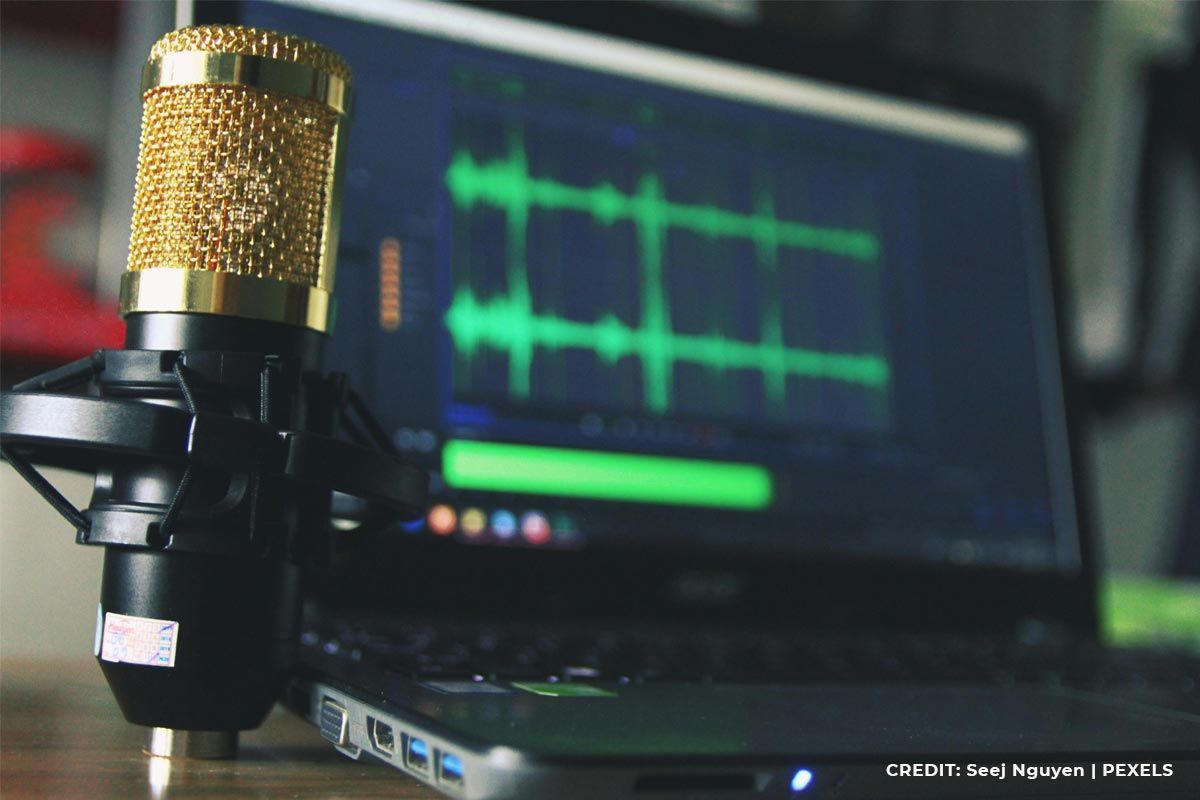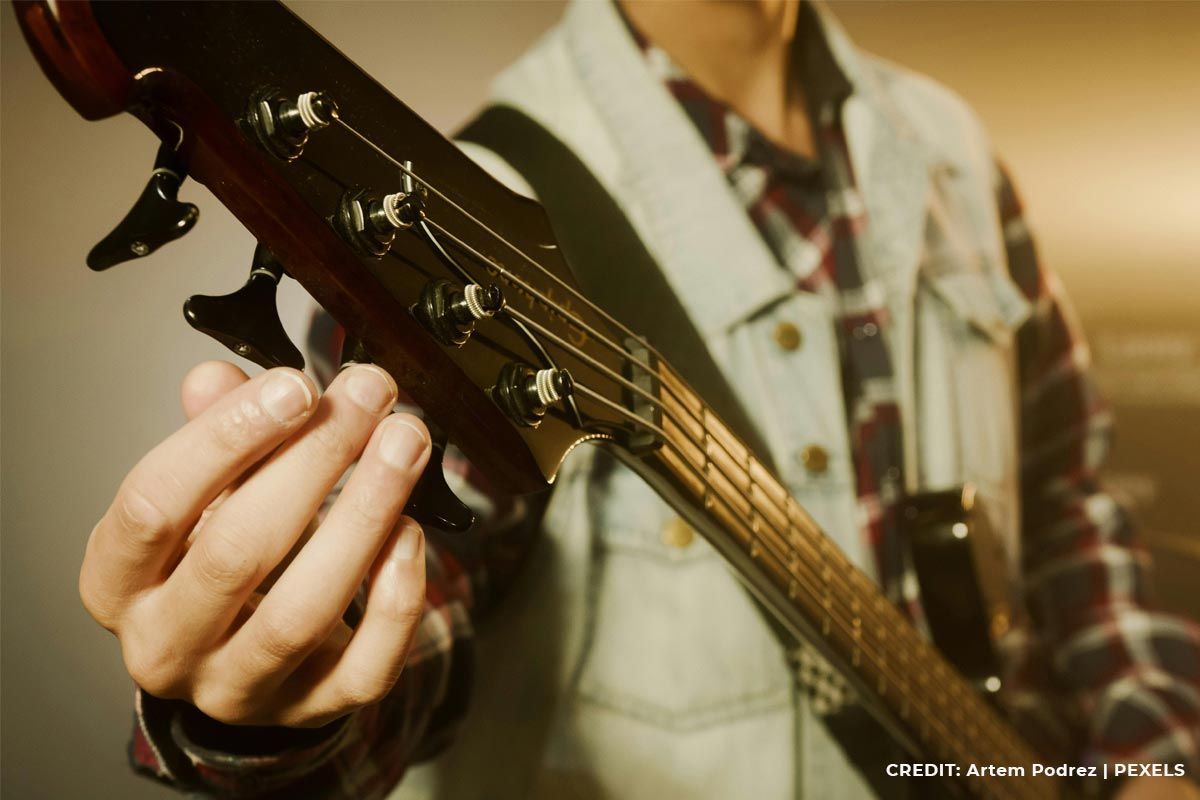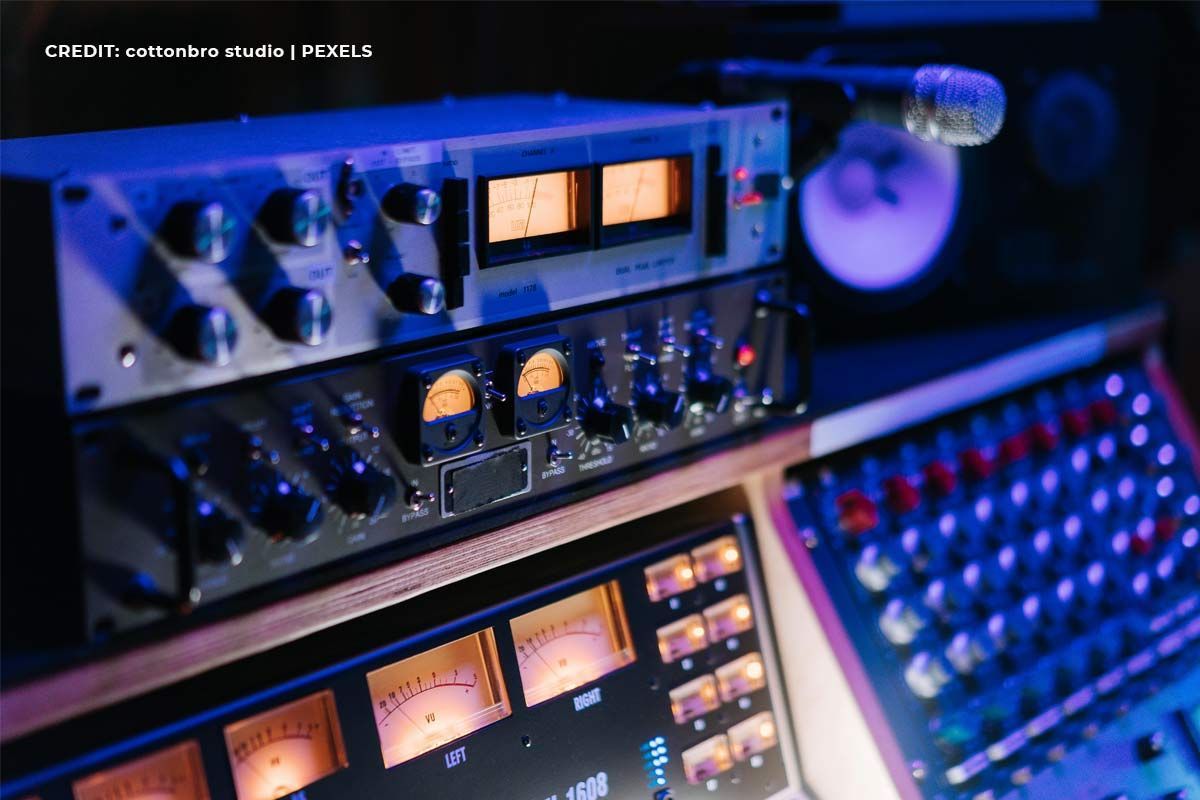For any musician or music producer, striving for better sound is the heart of the journey.
Whether you’re a guitarist craving that vintage tube amp warmth, a drummer yearning for a pristine set of cymbals, or a vocalist dreaming of a studio-quality microphone,
upgrading your gear is crucial for artistic growth.
However, the price tag associated with professional-level instruments and equipment can often be disheartening, especially for those on a tight budget. Fear not! With a bit of planning, creativity, and resourcefulness (including taking on an
easy loan), you can achieve your sonic aspirations without breaking the bank.
1. Define Your Needs and Prioritize
Before losing yourself in the world of shiny new gear, take a moment to assess your current setup and identify your most pressing needs.
What’s holding you back from achieving your desired sound? Is it a lack of clarity in your recordings? A limited tonal range in your instrument? Or perhaps a need for more reliable performance gear?
Once you’ve pinpointed your weaknesses, prioritize your upgrades. Start with the most impactful changes.
For example, upgrading a cheap microphone to a mid-range condenser will likely yield a more noticeable improvement than switching from a standard guitar cable to a premium one. Focus on the core elements that directly affect your sound and performance.
2. Explore the Used Market
The used market is a goldmine for budget-conscious musicians. Platforms like Reverb, Craigslist, and Facebook Marketplace offer a vast selection of pre-owned instruments and gear at significantly lower prices than brand-new alternatives. You can often find professional-grade equipment in excellent condition for a fraction of its original cost.
When buying used, do your research. Check reviews, compare prices, and inspect the gear thoroughly before making a purchase. Don’t be afraid to negotiate—many sellers are willing to lower their asking price, especially if you’re paying in cash.
3. Consider Alternatives and DIY Options
Sometimes, you don’t need the most expensive gear to achieve a professional sound. Explore alternatives and DIY options to save money. For example, instead of buying a high-end reverb pedal, you might find a free or affordable plugin that delivers similar results.
If you’re handy with tools, consider tackling DIY projects. Building your own guitar pedals, cables, or even studio treatment panels can be a fun and rewarding way to enhance your setup without spending a fortune.
4. Rent or Borrow Gear
For short-term needs, renting or borrowing gear can be a cost-effective solution. Many music stores and rental companies offer a wide range of instruments and equipment for hire. This is particularly useful for specific projects or performances where you need a particular piece of gear for a limited time.
Don’t hesitate to reach out to fellow musicians and ask if they have any gear they’re willing to lend. Building a network of like-minded individuals can open up opportunities for resource sharing and collaboration.
5. Save Strategically and Budget Wisely
Upgrading your gear requires financial planning. Set a realistic budget and create a savings plan. Even small amounts saved consistently can accumulate over time. Consider setting up a dedicated savings account for your music gear upgrades.
Explore different budgeting methods, such as the 50/30/20 rule (50% for needs, 30% for wants, 20% for savings), to manage your finances effectively.
6. Explore Financing Options
If you’ve considered your options and decide the best course is to make a larger purchase but don’t have the funds readily available, consider exploring financing options. While credit cards can be an option, be mindful of interest rates and repayment terms.
For those facing financial hurdles, there are options that can help. For example, if you need a quick cash infusion, you could explore
same-day payday loans. If you have a less-than-perfect credit history, our
bad credit installment loans online might be a viable option.
7. Trade or Sell Unused Gear
Don't let your unused gear collect dust. Trade-in old instruments and equipment at music stores or sell them online to generate funds for new purchases. This is a great way to declutter your space and turn your unused gear into cash.
8. Patience and Persistence
Building a professional-grade setup takes time and patience. Don’t rush into making impulsive purchases. Focus on gradual upgrades and prioritize quality over quantity. Remember that your musical skills and creativity are just as important as the gear you use.








